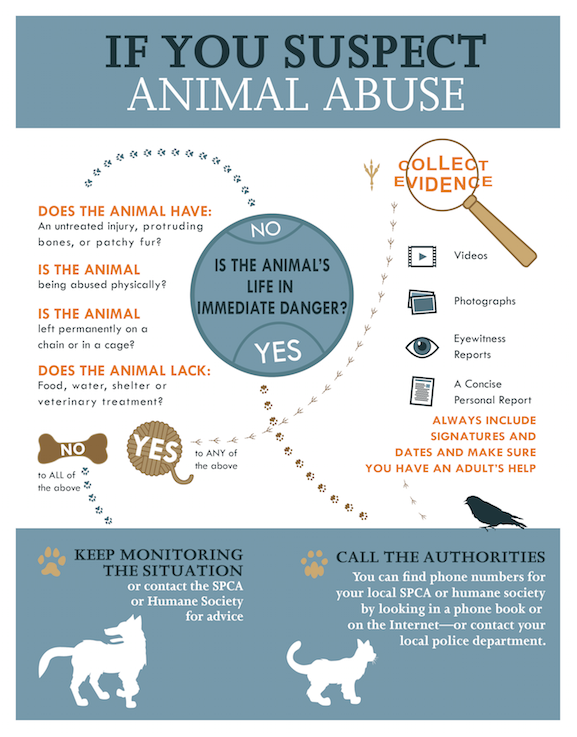In an era where information flows freely, the atrocities of animal cruelty are often laid bare before our eyes. Graphic images and videos depicting the abhorrent treatment of animals can elicit intense emotional responses, leaving witnesses not only appalled but profoundly disturbed. The visceral horror experienced upon encountering such acts of cruelty can be likened to a haunting—one that lingers in the mind long after the images have faded from view. For many, these encounters ignite a deep-rooted fascination with the darker aspects of humanity, leading to introspection about moral constructs and societal values.
Witnessing acts of animal abuse sparks a paradoxical blend of curiosity and despair. The brain grapples with understanding how individuals can perpetrate such violence against vulnerable beings. This duality—the innate human compassion towards animals juxtaposed with the capacity for cruelty—compels closer examination. Many find themselves reflecting on personal feelings of helplessness and outrage, struggling to comprehend the psyche of the abuser and societal frameworks that enable or perpetuate such behaviors.
The aftermath of exposure to animal cruelty can manifest in various ways. Some individuals may find themselves plagued by anxiety or depression, grappling with feelings of sadness that arise from recognizing the plight of innocent creatures. This emotional turmoil is not unwarranted; psychological studies indicate that exposure to violence—whether human or animal—can detrimentally affect mental health. This reality necessitates an understanding of effective coping mechanisms to navigate these challenging emotions.
One fundamental approach to coping is the active engagement in advocacy. Transforming despair into action allows individuals to regain a sense of control over their emotions and circumstances. By joining local or national animal welfare organizations, individuals can channel their outrage into constructive efforts. Volunteering at shelters, participating in awareness campaigns, or even writing letters to lawmakers advocating for stricter laws against animal cruelty can instill a sense of purpose and mitigate feelings of helplessness.
Furthermore, educating oneself about the complexities of animal abuse can provide an intellectual framework that aids in processing the emotional fallout. Understanding the sociocultural, economic, and psychological factors that contribute to animal cruelty can foster empathy towards both victims and perpetrators. Such knowledge often reveals that systemic issues, such as poverty, lack of education, and ingrained societal norms regarding animals, play significant roles in the perpetuation of cruelty.
Many who experience turmoil after witnessing animal abuse find solace in community and dialogue. Engaging in open conversations with like-minded individuals can create a supportive environment for processing feelings. These discussions can serve to validate emotions, provide mutual support, and remind one another of the importance of self-care during times of emotional distress. Establishing connections with others who share a concern for animal welfare fosters a collective identity, creating a sense of belonging and purpose.
However, self-care cannot be overlooked. Practicing mindfulness, seeking therapy, and engaging in self-reflection can equip individuals with tools to manage emotional responses to distressing stimuli. Mindfulness—the practice of remaining present and aware—can alleviate anxiety and stress. When faced with graphic content, taking a moment to breathe and focus on self-reassurance can diminish overwhelming feelings.
It is crucial to recognize that while witnessing such horror can be debilitating, it is also an opportunity for personal growth and societal change. The interconnectedness of human and animal welfare is an important narrative to embrace. Acts of kindness towards animals often reflect broader themes of compassion that extend into human interactions, thus contributing to the establishment of a more empathetic society. Cultivating compassion through understanding and self-education enables individuals to emerge as advocates not just for animals, but for a more humane world.
In summary, the emotional backlash following exposure to animal cruelty can be harrowing, but it also presents a unique chance for introspection and activism. By understanding the roots of this fascination with the grotesque and the moral dilemmas it poses, individuals can navigate their emotional responses constructively. Through advocacy, community engagement, education, and self-care practices, one can transform a haunting sense of hopelessness into empowered action. Ultimately, embracing the responsibility to protect those who cannot protect themselves enhances not only the lives of animals but enriches our own human experience, fostering resilience and compassion in a shared journey towards a more ethical society.










